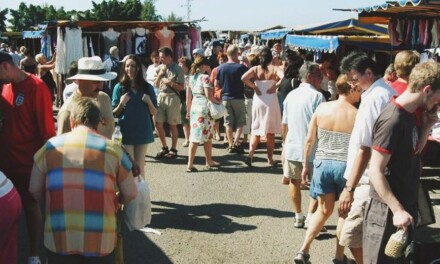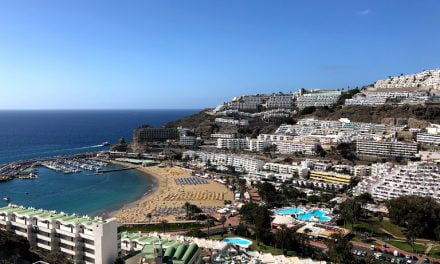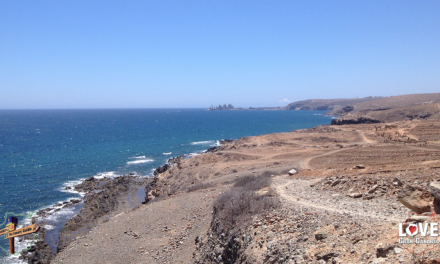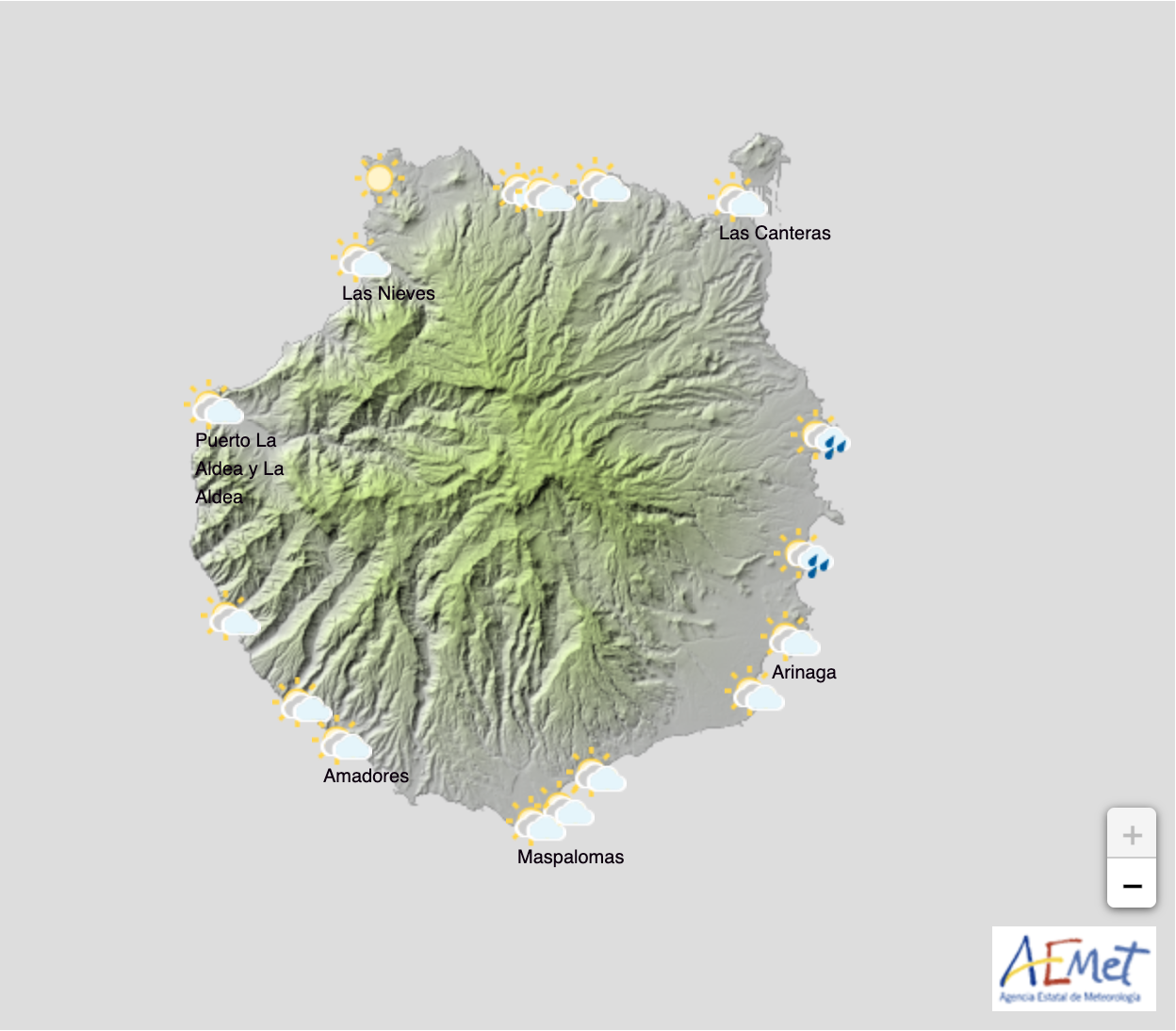2023 has started positively in terms of foreign tourism numbers. In January, the archipelago welcomed 1.22 million foreign visitors, a 3.2% increase from 2019 (1.18 million). The figure even surpasses the numbers from 2018 (1.21 million) and 2017 (1.20 million) to set a new historical record for foreign tourists during the month of January.
Compared to 2022, the growth is significant, at 60%, almost half a million more people, but it is essential to consider that it was still only a year ago that the sixth wave of COVID-19 continued to cause problems, with restrictions on Brits leaving their country drastically reducing arrivals. Only 765,000 tourists arrived.
January of this year, five issuing markets remained negative compared to 2019, while the rest experienced strong growth. The fall was compensated, and the month ended positively, with 38,000 more tourists than in 2019.
The markets not yet recovered include Germany, the Nordics (Sweden, Finland, and Norway), and Switzerland.
During the first month of this year, 250,076 Germans arrived, 9.3% less than in the same month of 2019. The Canary Islands received 54,084 Swedes, a 26% decrease. Finnish tourist numbers fell by 21%, by almost 9,400 people, to reach 34,970, and the number of Norwegians dropped by 11.5%, almost 6,800 people less to reach 51,813. The Swiss numbers too were 25% lower, with almost 6,500 fewer arrivals, reaching 19,362, all according to data from the Government of the Canary Islands obtained via the Spanish airport authority AENA’s passenger figures.
British tourism continues to show spectacular growth. In January, 410,499 tourists arrived from the UK, 8.3% more than in 2019, when almost 379,000 people arrived. This is a historical record.
In percentage terms, Portuguese tourist numbers also experienced significant growth, with an increase of 102%, although they remain a minor market (just 10,266 people). Visiting French grew by 61%, by almost 20,000 people, to almost 50,000; followed by the Irish, with an increase of almost 14,000 people, reaching 53,267.
Italian numbers arriving also registered significant growth, up 25%, by 12,000 people, to almost 50,000 tourists in the month. Dutch too grew strongly, by almost 10%, 4,500 people, to almost 50,700.
Gran Canaria has so far failed to recover pre-pandemic figures. According to the data from the Government of the Canary Islands, the island of Gran Canaria is the only one, along with La Palma, that did not manage to surpass the 2019 figures in January.
Last month, the island received 358,873 tourists, 1.1% less than in 2019. 4,000 fewer people. Compared to 2018 (when the historical maximum was reached), showing a loss of 22,000 people. Nordics and Germans continue to drag down the overall results. La Palma recorded 59% fewer tourists than in 2019: only 8,013 people arrived, with a loss of 11,621.
Nearly 130,000 more visitors arrived on Tenerife than on Gran Canaria. In total, almost 488,000 people arrived, 8% more than in the same month of 2019.
In January, Gran Canaria and La Palma were the only islands that did not surpass the 2019 figures, according to the data released by the Government of the Canary Islands. Gran Canaria received 358,873 tourists, 1.1% less than in 2019, with a loss of 4,000 people. Compared to 2018, the loss was 22,000 people. Nordic and German tourists continue to affect their results. La Palma registered 59% fewer tourists than in 2019, with only 8,013 visitors and a loss of 11,621.
By contrast, Tenerife received almost 130,000 more visitors than Gran Canaria, totalling almost 488,000 people, an 8% increase compared to the same month in 2019. The main difference between Tenerife and Gran Canaria is the number of British tourists, with Gran Canaria receiving only 63,103 people compared to Tenerife’s nearly 200,000 visitors. Lanzarote received 205,616 tourists, 6% more than a year ago, while Fuerteventura received 161,126 visitors, growing almost 4% compared to the same month last year.
Despite the slow start for Gran Canaria, the president of the Federation of Hospitality and Tourism Entrepreneurs of Las Palmas (Feht), José María Mañaricua, reported that the sector has performed well in January and February, with a recovery to pre-pandemic levels. He also highlighted the good production figures of the establishments due to the increase in prices due to inflation.
Mañaricua predicts that January and February will be very good months, at the level of 2019, with an occupancy rate of over 80%, compared to 60% in 2022. However, he notes that it is not appropriate to compare January 2023 with the same month in 2022 because the sixth wave of Covid last year prevented tourism from operating at 100%. He points out that the British tourists, who account for over 35% of the tourism to the islands, faced a series of requirements to leave their country, which almost prevented them from traveling.
Mañaricua emphasizes that while January and February have been strong in terms of bookings and tourists, he is not able to make predictions beyond March. “Bookings are slow, and we won’t know how March will go until two weeks from now,” he said. He also notes that despite the positive trend, Gran Canaria remains the island that is lagging behind the most. In January, the entire archipelago recorded historic tourist figures, but with La Palma and Gran Canaria below the pre-pandemic level.













